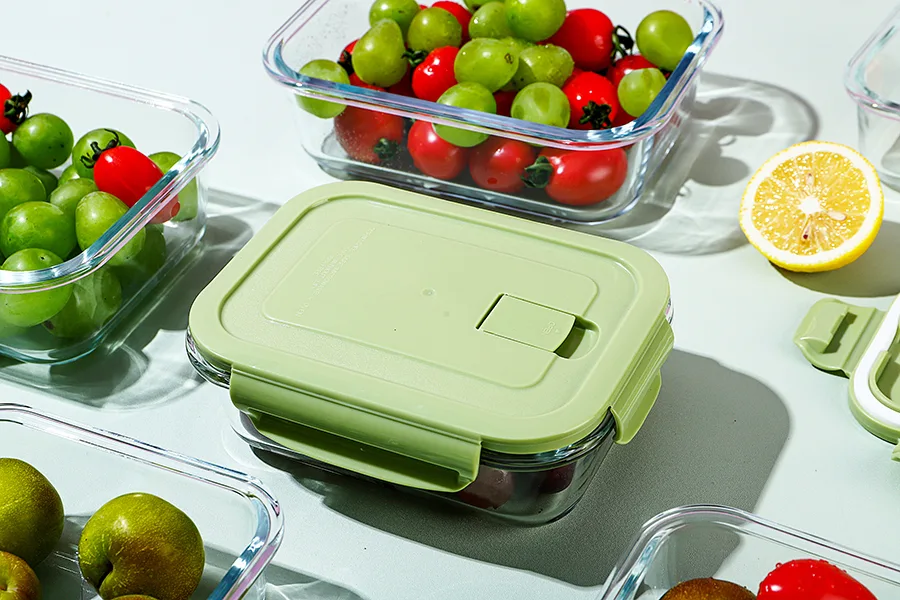Braiding machines are mechanical devices used to make textiles by interweaving yarn or fibers into forms such as cloth, rope, mesh, etc. In the design and manufacturing process of braiding machines, material selection plays a vital role. This article will explore the material selection and application for braiding machines and their impact on product quality and performance.

First of all, the main components of braiding machines include a frame, loom, fabric transmission system, and control system. When selecting materials for these components, factors such as strength, wear resistance, corrosion resistance, and processability need to be considered. Common materials include steel, aluminum alloys, plastics, and composite materials. Steel has high strength and wear resistance, and is suitable for components that bear larger loads; aluminum alloys have lower density and good processing properties, and are suitable for reducing machine weight and improving operating efficiency; plastics have good corrosion resistance and insulation performance, suitable for parts in some special environments; composite materials have the characteristics of high strength and lightweight, and are suitable for parts requiring high strength and low weight.
Secondly, the loom part of braiding machines is one of the most critical components, which directly affects the quality and performance of braided products. The material selection of the loom mainly considers factors such as its wear resistance, thermal conductivity, and electrical conductivity. Common loom materials include steel wire, carbon fiber, and ceramics. Steel wire has high wear resistance and thermal conductivity and is suitable for manufacturing wear-resistant loom parts; carbon fiber has the characteristics of lightweight and high strength and is suitable for manufacturing high-speed loom parts; ceramics have good thermal conductivity and electrical conductivity. Suitable for manufacturing loom parts in high-temperature environments.
In addition, the fabric transmission system of braiding machines also requires the selection of suitable materials. The material selection of the transmission system mainly considers factors such as its wear resistance, corrosion resistance, and transmission efficiency. Common drive system materials include metal chains, rubber belts, polyester belts, etc. Metal chains have high wear resistance and transmission efficiency, and are suitable for high-load and high-speed transmission systems; rubber belts have good elasticity and corrosion resistance, and are suitable for transmission systems in some special environments; polyester belts have high Strength and wear resistance, suitable for general transmission systems.
Finally, the control system of braiding machines also requires the selection of appropriate materials. The material selection of the control system mainly considers factors such as its high-temperature resistance, corrosion resistance, and electrical conductivity. Common control system materials include high-temperature cables, stainless steel, and conductive plastics. High-temperature cables have good high-temperature resistance and conductivity, and are suitable for control systems in high-temperature environments; stainless steel has high corrosion resistance and conductivity, and is suitable for control systems in some special environments; conductive plastics have good conductivity and corrosion resistance, suitable for general control systems.
In summary, the material selection of braiding machines has an important impact on product quality and performance. When designing and manufacturing braiding machines, factors such as material strength, wear resistance, corrosion resistance, and processability need to be comprehensively considered to select appropriate materials to meet different application requirements. By rationally selecting materials, you can improve the working efficiency of braiding machines, extend their service life, and obtain higher-quality braided products.
What are the advantages and functions of braiding machines?
Tips for repair and maintenance of braiding machine
Braiding machine safety operation guide
How to choose a quality braiding machine manufacturer
Braiding machine troubleshooting and repair methods
As a braiding machine supplier, what are your advantages?
Braiding machine price revealed: a smart choice for investment in the textile industry
Braiding machine: parsing structure and components
From ancient times to modern times: the evolution of the braiding machine
Braiding machines safety operation guide
Customized braiding machines: the textile revolution in the era of Personalized customization
How to improve the production efficiency of braiding machines
Energy consumption and energy-saving measures of braiding machines
Is the working environment of braiding machines important?
mia
salesdhh@yeah.net


